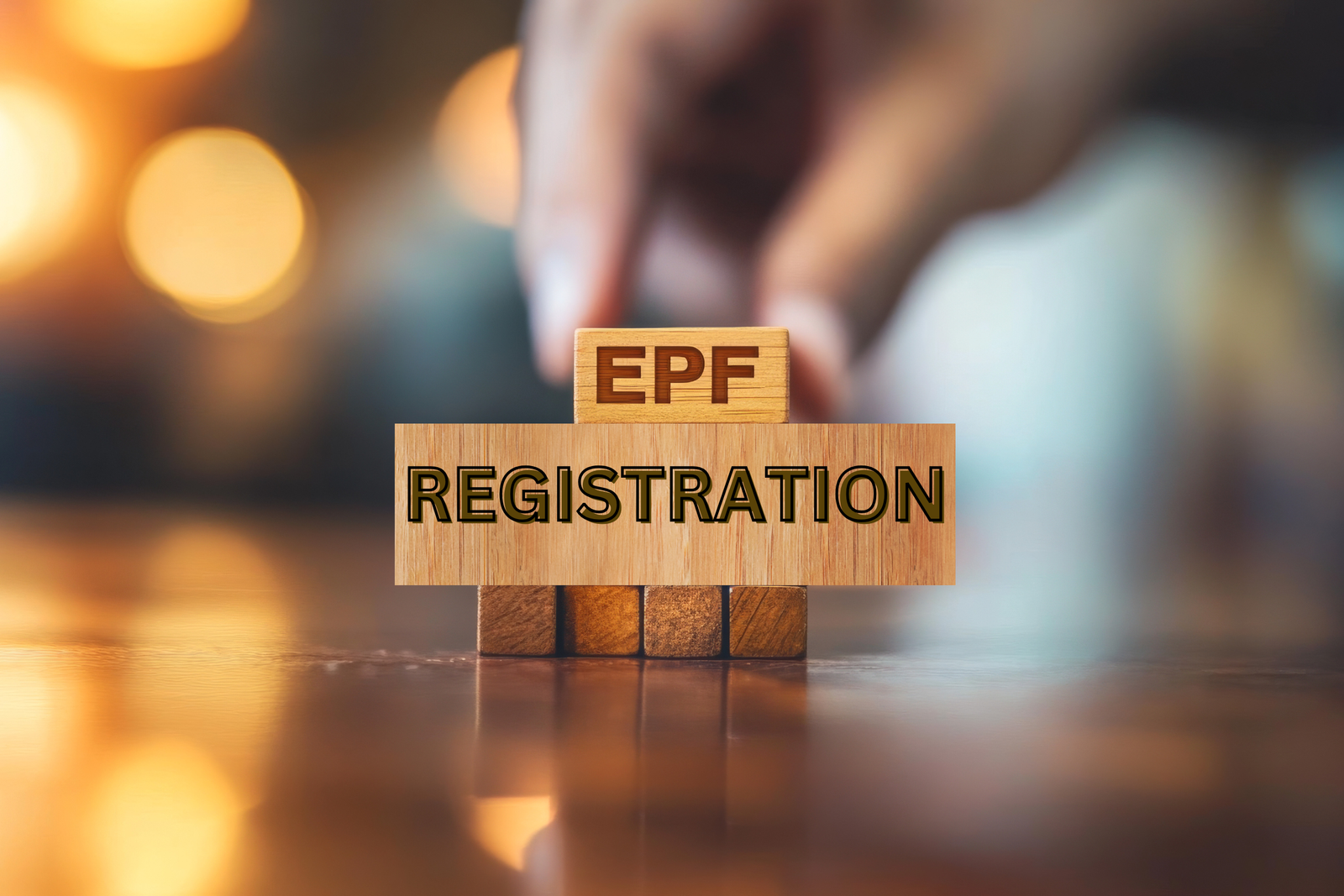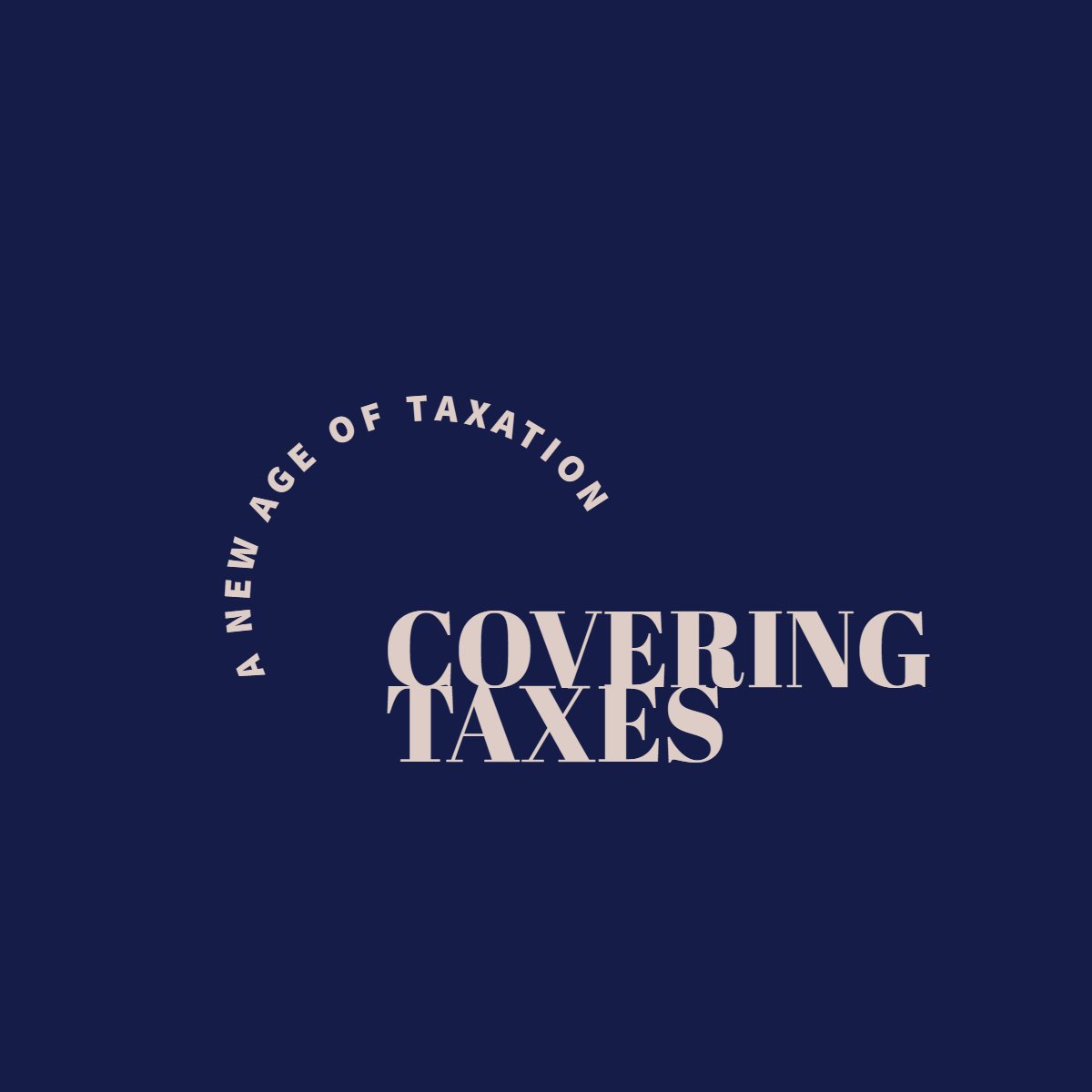

EPF Registration Online
The Employees’ Provident Fund (EPF) is a retirement savings scheme established under the Employees’ Provident Funds and Miscellaneous Provisions Act, 1952. Administered by the Employees’ Provident Fund Organisation (EPFO), it stands as one of the largest social security institutions globally, both in terms of the number of members it serves and the scale of financial transactions it manages. This scheme acts as a financial cushion for employees, offering them a systematic means to secure funds for their retirement.
How It Works
Experience effortless online fulfillment with our expert-guided plan, designed to be 100% digital and stress-free.
12 Days Estimate
- Fill Out The Form And Do The Payment
- Upload Documents On Whatsapp
- Drafting Of Documents
- Submission Of Documents And Application With The Department
- Receipt Of Registration Letter
Applicability of EPF Registration for Employers
EPF registration is compulsory for establishments that meet the following criteria:
Factories in Industrial Sectors
Any factory operating in an industry with 20 or more employees is required to register for EPF.Other Establishments
Other establishments employing 20 or more individuals or categories of establishments notified by the Central Government must also register under EPF.
Employers are required to complete the EPF registration process within one month of reaching the prescribed employee threshold. Failure to comply within this timeframe can result in penalties. Once registered, an establishment remains under the purview of the EPF Act even if its workforce drops below the minimum requirement.
Additionally, the Central Government can mandate EPF registration for establishments with fewer than 20 employees, provided a notice period of at least two months is given. In cases where both the employer and the majority of employees mutually agree to adopt the EPF provisions, an application can be made to the Central Provident Fund (PF) Commissioner. The Commissioner may then enforce the Act through an official notification, effective from the agreed date or a subsequent date specified in the notification.
Contribution Details:
- All employees are entitled to EPF from the start of their employment, and the employer is responsible for deducting and depositing the contributions.
- Both the employer and the employee contribute 12% of the employee’s basic salary towards EPF.
- For establishments with fewer than 20 employees, the contribution rate is reduced to 10%.
This ensures that the employer equally shares the responsibility of securing employees’ future savings.
Documents Required
Documents Required for EPF Registration
To complete the EPF registration process, employers must submit the following documents along with the “Registration Form for EPFO”:
Ensure that all documents are up-to-date and accurate to avoid delays in the registration process.
- PAN card of the Proprietor, Partner, or Director of the establishment.
- Address Proof Any of the following documents, not older than two months, for the registered office: Electricity Bill Water Bill Telephone Bill
- Aadhaar Card Aadhaar card of the Proprietor, Partner, or Director.
- Establishment Registration Proof One of the following: Shop and Establishment Certificate GST Registration Certificate Any other government-issued license for the establishment
- Digital Signature Digital signature of the Proprietor, Partner, or Director for verification purposes.
- Bank Details A cancelled cheque or a bank statement of the business entity.
- Rental/Lease Agreement (if applicable) Copy of the agreement if the premises are hired, rented, or leased.
- License Proof A valid license issued by the Identifier or Licensing Authority related to the establishment.
Plan Fees
EPF Registration
- Exclusive of Government Fees
- Drafting documents
- Filing of forms with Authorities
- Issue of PF allotment letter
- No hidden charges
Why is EPF Registration Essential for Employers?
Compliance with TDS and Remittances
Employers must deduct TDS from employee salaries and remit the amounts after generating challans through the EPFO employer portal. This ensures adherence to statutory requirements.
Risk Coverage
EPF provides a financial cushion for employees and their families during retirement, illness, or in the unfortunate event of death, reducing the financial burden in critical times.
Uniform and Transferable Accounts
EPF accounts are consistent across employment changes. Employees can easily transfer their accounts when switching jobs, ensuring continuity of benefits.
Employee Pension Scheme (EPS)
Every PF account holder is entitled to the Employee Pension Scheme. A portion of the employer’s contribution—8.33% of up to ₹15,000—is allocated toward the employee’s pension, payable monthly after the age of 58.
Support for Long-Term Goals
Accumulated PF funds can serve as a resource for significant life events like marriage, higher education, or home purchase, providing much-needed financial stability.
Emergency Financial Assistance
In unforeseen circumstances such as medical emergencies or family obligations, the PF balance can offer immediate financial relief.
Why Choose Covering Taxes
Frequently Asked Questions
A: EPF Form 5, as outlined under Section 36(2) of The Employees’ Provident Fund Scheme, 1952, is a document used to report new employees enrolled in the EPF scheme. Employers are required to use this form to notify the Employees’ Provident Fund Organisation (EPFO) about the addition of new members to the scheme.
When an employee is registered, they are issued a Universal Account Number (UAN), which serves as a unique identifier for depositing the contributions made by both the employee and the employer. The EPFO mandates all establishments under its jurisdiction to provide EPF benefits to eligible employees, making it the employer’s duty to ensure compliance with this requirement.
Employers must submit EPF Form 5 for new employees by the 15th of every month. The form is easily accessible for download from the official EPF India website or can be obtained from the company’s HR department.
A: Certain elements of an employee’s earnings are excluded from the definition of “wages” under the Employees’ Provident Fund (EPF) scheme. These exclusions include:
- Overtime Allowance (OTA): Payments for extra hours worked are not counted as part of EPF wages.
- Bonus: Any performance-based or festive bonuses are excluded.
- Food Allowance: Compensation provided for meals or snacks is not considered.
- Dearness Allowance (DA): While it typically accounts for inflation-related pay adjustments, it is excluded from EPF wages.
- House Rent Allowance (HRA): The allowance provided for accommodation expenses is also not included.
A: Employers must register their establishments on the EPFO portal because, since April 1, 2012, remittances are allowed only after generating challans through the online employer portal. This digital system ensures seamless and transparent transactions while eliminating the manual process. Additionally, all new employer registrations must be completed online, as the earlier offline registration system has been discontinued. Online registration simplifies compliance and streamlines employer obligations under the EPF scheme.
A: While registering an establishment on the EPFO portal, employers may encounter the following error messages and can address them as follows:
Error: “No Record Found” after entering the establishment ID:
- Verify the establishment code, extension number, and associated EPFO office for accuracy.
- If all the details are correct, contact the relevant EPFO Regional/Sub-Regional office to resolve the issue.
Error: “Your Establishment is already registered” after entering the establishment ID:
- Recheck the establishment code, extension number (if applicable), and EPFO office details for correctness.
- If the details are accurate, email the EPFO Helpdesk at ecrhelpdesk@epfindia.gov.in with the subject “RESET REGISTRATION.”
- The employer will receive a form that must be duly signed by the employer or authorized signatory and submitted to the concerned EPFO office.
- Once the registration is reset, the employer will receive an SMS notification. Afterward, they can proceed with re-registering the establishment on the EPFO portal.
A: Employers can update their information on the EPFO portal as needed by following these steps:
To Update Mobile Number:
- Log in to the Employer Portal.
- Navigate to the “PROFILE” menu and select “Edit primary mobile number.”
- Enter the new mobile number and wait for an SMS with a PIN to arrive on the updated number.
- Enter the PIN and click on “Change Primary Mobile.”
- A confirmation SMS will be sent to the new mobile number, confirming it as the primary contact number.
To Update Email ID:
- Log in to the Employer Portal.
- Under the “PROFILE” menu, select “Confirm primary email.”
- Replace the current email ID with the new one and click “Send Verification Link.”
- Open the registered email account and click on the verification link received in the email.
- Once verified, the new email ID will be updated in the system, and all future communication will be sent to this address.
A: Yes, the employer or authorized signatory must complete the registration process for each individual establishment. Each establishment requires its own separate registration.
A: If the employer forgets their User ID or password, they can click on the “Forgot Password” option on the login screen. The password can be reset by providing the establishment ID, primary email ID, and mobile number associated with the account.
A: An employer’s eligibility for EPF registration is primarily based on the number of employees within the organization. Specific conditions and procedures must be met to qualify for registration under the EPF scheme.
A: To create an employer login for EPFO, you need to register on the EPFO portal using your company’s establishment ID, PAN, and other necessary details. During the registration process, you will also verify the information through an OTP (One-Time Password) sent to your registered mobile number or email for security. Once completed, your employer login will be active, allowing you to access the EPFO services.


